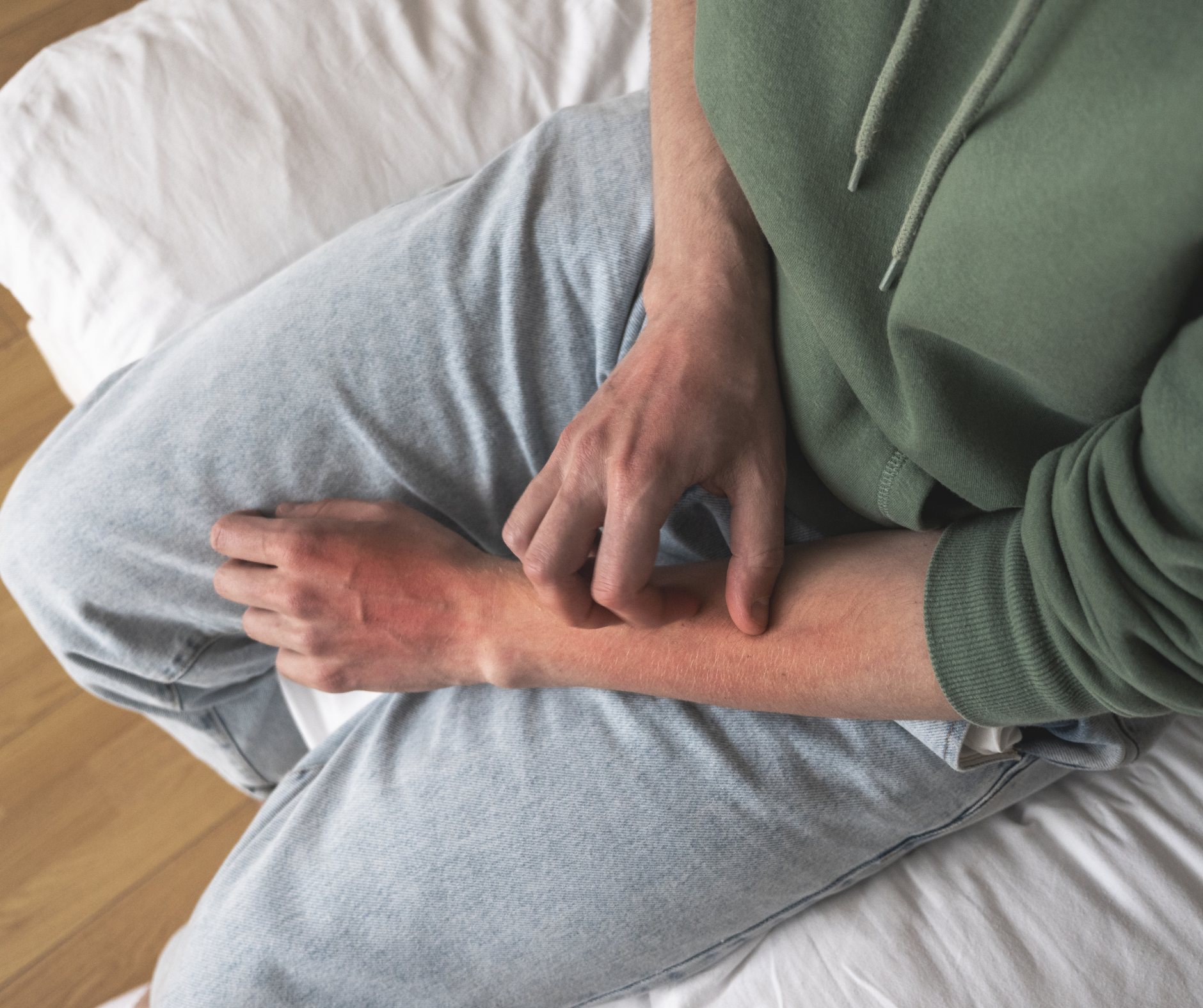How to Soothe Radiation Burns: Skincare Tips for Comfort and Healing
Expert Advice and Kureology M.D. Solutions to Protect and Restore Sensitive Skin
Radiation therapy is an essential treatment for many cancer patients, but it often comes with challenging side effects—one of the most common being radiation burns. These burns can cause redness, irritation, peeling, and discomfort, making it difficult to maintain healthy skin. However, with the right care, you can soothe your skin and promote healing throughout your treatment.
At Kureology M.D., we understand the importance of gentle, effective skincare during this time. That’s why we trust Kureology, a skincare line designed for sensitive and compromised skin, to help our patients manage radiation burns safely.
In this guide, we’ll share expert skincare tips to help you relieve irritation and support your skin’s recovery.
1. Understanding Radiation Burns
Radiation burns, also known as radiation dermatitis, occur when high-energy radiation damages skin cells. This can lead to:
- Redness and irritation (similar to a sunburn)
- Dry, peeling, or flaking skin
- Itching or tenderness
- Blisters in severe cases
These effects may develop gradually over the course of treatment and require careful skincare management to prevent further discomfort.
2. Gentle Cleansing to Protect Your Skin
Keeping the affected area clean is crucial, but harsh soaps or aggressive washing can worsen irritation. Follow these steps for safe cleansing:
- Use lukewarm water instead of hot water
- Choose a fragrance-free, soap-free cleanser like those recommended by Kureology M.D.
- Gently pat the skin dry with a soft towel—avoid rubbing
By maintaining a gentle cleansing routine, you can remove impurities without stripping your skin of essential moisture.
3. Hydration and Moisturization
Radiation burns can severely dry out the skin, making hydration a top priority. The Kureology M.D. team recommends the following:
- Moisturize frequently: Apply a Kureology M.D.-approved hydrating lotion or balm multiple times a day.
- Choose healing ingredients: Look for products with aloe vera, ceramides, and calendula to soothe irritation.
- Apply moisturizer while skin is damp: This helps lock in moisture for longer-lasting relief.
Keeping your skin hydrated reduces peeling and helps prevent further damage.
4. Avoiding Irritants and Triggers
To prevent worsening radiation burns, be mindful of what touches your skin:
- Avoid scented lotions or harsh chemicals
- Stay away from tight or scratchy clothing—opt for soft, breathable fabrics like cotton
- Skip exfoliating scrubs and retinol-based products during treatment
- Limit sun exposure—apply broad-spectrum SPF and wear protective clothing outdoors
Protecting your skin from irritants allows it to heal more comfortably.
5. The Power of Kureology M.D. for Radiation-Damaged Skin
At Kureology M.D., we rely on Kureology products to provide patients with the most effective skincare solutions during cancer treatments. Kureology products are designed specifically for sensitive and damaged skin, making them ideal for anyone experiencing radiation burns.
- Fragrance-free and non-toxic
- Infused with skin-calming ingredients
- Recommended by professionals at Kureology M.D.
If you're looking for skincare that truly supports your healing journey, shop Kureology M.D. products today and experience the difference.
6. Additional Self-Care Tips for Healing
Beyond skincare, here are a few extra ways to care for your skin and overall well-being during radiation treatment:
- Drink plenty of water to support skin hydration from the inside out
- Use a humidifier to keep moisture in the air and prevent excessive dryness
- Get enough rest to help your body repair damaged skin cells
- Communicate with your doctor about any severe reactions or concerns
Heal, Soothe, and Protect Your Skin with the Right Care
Radiation burns can be painful and frustrating, but with the right skincare routine, you can minimize discomfort and support your skin’s recovery. Kureology M.D. is here to help, offering expert advice and trusted Kureology products to keep your skin nourished and protected throughout treatment.
If you need personalized skincare recommendations or want to explore Kureology M.D.’s specialized products, contact the Kureology M.D. team today for gentle, effective relief. Your skin deserves the best care—let’s heal together.





Share On: